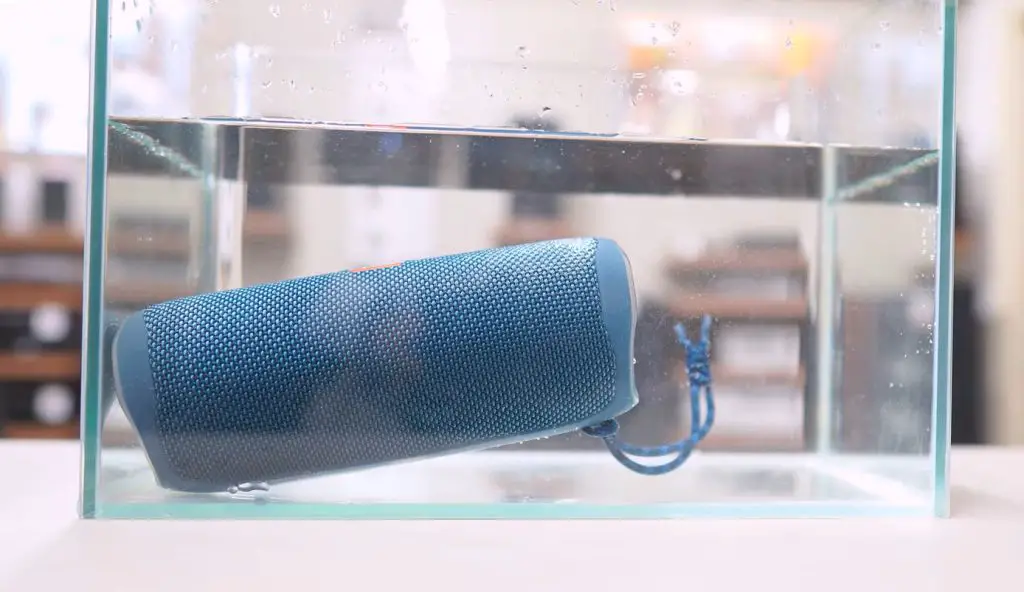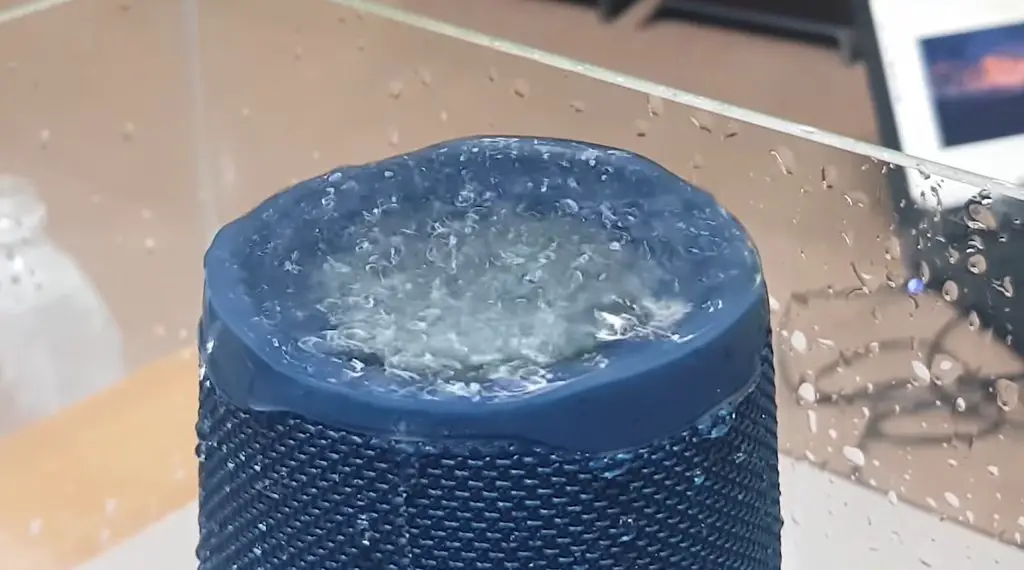IPX7 vs. IP67 is the most common waterproof rating used by the electronics industry. It is also called “NEMA 4”. IP67 is the new standard that replaces IPX7. IPX7 (International Protection Class 7) and IP67 (International Protection Class 67) are both standards for water resistance. They’re both rated by the IEC (International Electrotechnical Commission).
These are two important standards if you’re a manufacturer or retailer looking to ensure your product is ready for a wider audience.
It is important to know that if you purchase a new product, you must determine whether it meets the requirements for the IPX rating. This is because if a product does not meet these requirements, it is unsafe for use in wet or humid conditions.
For example, if you plan on storing a device outdoors, it should be made with IPX7-rated components. If not, then you may need to choose a different product.
In this article, we’ll explain the differences between these two standards and give tips on choosing the right one for your needs.
What is IPX7?
IPX7 and IP67 are two standards that are often confused. Both refer to the ability to withstand water intrusion in a device. The difference between the two standards is that IP67 allows water to enter the device, while IPX7 only provides moisture to leave the machine.
Both standards are important, but it’s best to focus on the relevant standard for your product.
IP67 means that the device is protected against dust and accidental spills. This rating is typically used on devices intended to be kept indoors.
This information is from the International Electrotechnical Commission (IEC). The IEC is the world’s leading organization that sets technical standards for the electrical and electronic industry.
If you’re selling electronics or other devices, IPX7 is the better choice since your product doesn’t want moisture.
If you’re selling products subject to harsh weather conditions or used outdoors, you may want to consider the IP67 standard instead. This is because it protects against dust and debris getting into the device.
What is IP67?
IP67 is a rating that lets you know if your product is dustproof.
So if you’re working on a project that requires both, you’ll need to consider which rating you need.
You can get away with just one rating if you know that you’ll need to include both.
For example, if you’re making a laptop case, you might only need to worry about IPX7. But if you’re making a smartphone cover, you’d probably need to add IP67 to your list.
Let me start by saying there is a difference if you want to know the difference between the two standards.
However, there’s a lot of confusion surrounding them. So let’s see what they mean and what the differences are.
The first thing you need to know is that the IP (Ingress Protection) rating describes the ability of a device to protect itself against water.
You must also know that IPX7 protects the device against dust and accidental spills. This rating is typically used on devices intended to be kept outdoors.

Why is it important?
When you think “water-resistant,” what’s the first thing that comes to mind? If you said “clothing,” you’re not alone.
A big reason for this is that many manufacturers prefer to use their clothes as the primary source of protection, and water-resistant materials are often used to help ensure that they stay dry.
While many brands use water-resistant fabrics as their primary protection from moisture, they still choose to offer an added level of security. That’s where “IP” steps in. When “IP protection” is mentioned, it stands for “Ingress Protection.”
This means that the product will provide some protection against physical objects that could potentially damage the product (such as being accidentally crushed or submerged under water).
What does water resistance mean?
The most common rating for a water-resistant device is IPX7. This means it can withstand splash-ups to 1 meter for 30 seconds.
IP67 is a bit more stringent and has a rating of IP67. This means it is resistant to dust, water, and low temperatures.
However, it’s important to note that these ratings only apply to devices rated at the same level. For example, a device that is IPX7 rated would not be able to survive the same test as a device that is IP67 rated.
So, what does this mean for you? If you buy a device, know exactly what it can handle.
The most important difference is that IPX7 is a lower protection level than IP67.
IPX7 protects against spray, splash, and immersion in water, while IP67 protects against water ingress into the housing.
For example, an IPX7 door has to withstand the force of a person falling into the water up to 1.5 meters deep, but an IP67 door has to withstand the pressure of a person falling into the water up to 3 meters deep.

Frequently Asked Questions (FAQs)
Q: What’s the difference between IPX7 and IP67?
A: When a product has an IPX rating, it means the product has passed a standard test and has demonstrated resistance to the penetration of water and other contaminants. The IP rating indicates the depth of immersion required for the liquid (water) to reach the interior surface of the product. The IP rating indicates the depth of immersion needed in the liquid (water) to get the interior surface of the product. An IP rating tells you how well a product resists dust intrusion and is available in different levels, ranging from IP1 to IP6.
Q: What is the difference between an IPX7 and IP67 rated product?
A: IPX7 and IP67 are both water-resistant standards for electronic products. IPX7 can protect against water splashes up to 1 meter deep, while IP67 is rated against immersion in water for 30 minutes.
Q: What is the difference between IPX7 and IP67 ratings for water resistance?
A: IPX7 is a standard for waterproofing a product, while IP67 is a standard for protecting from liquid immersion.
Q: What does this mean for me?
A: IPX7 means that the product can be used in wet conditions. This includes rain, snow, and moisture. You should know that products with IPX7 ratings will not protect you from all possible water exposure, but they will help protect you from water exposure that you are more likely to encounter.
Q: What does this mean for me?
A: IP67 ratings mean the product can be used in wet conditions. This includes rain, snow, and moisture. This means it can be used in wet areas where you may come in contact with liquids, but the product is unlikely to submerge completely.
Myths About IPX7 vs IP67
1. IPX7 is more durable than IP67.
2. IPX7 is a more rugged standard than IP67.
3. IPX7 is more robust than IP67.
4. IPX7 has a rating of IP67.
5. IP67 has a rating of IPX7.
6. IP67 is more expensive than IPX7.
Conclusion
The number of ports can summarize the difference between IPX7 and IP67. A waterproof connector can be IPX7, while a water-resistant connector can be IP67.
IPX7 is used for low-pressure applications, while IP67 is used for higher-pressure applications.
The two standards in question are IP (Ingress Protection) ratings and the number of watertight seals.
While the standards differ, they’re designed to protect electronic devices from water damage.
So, while the standards may look similar, their differences are quite significant.
The first difference is that IP ratings are rated on a scale of 1 to 7, while the second rating is a 1 to 6. This means an IPX7 rating is equivalent to a 2-star rating under the 1 to 6 system.
The second difference is that IP ratings are based on the amount of rain a product can withstand, while IP ratings are based on the amount of rainfall a product can withstand.
The third difference is that an international standard defines IP ratings, while an international standard determines IP ratings.
The fourth difference is that IP ratings are intended to protect against water damage, while IP ratings are designed to protect against dust and dirt damage.

